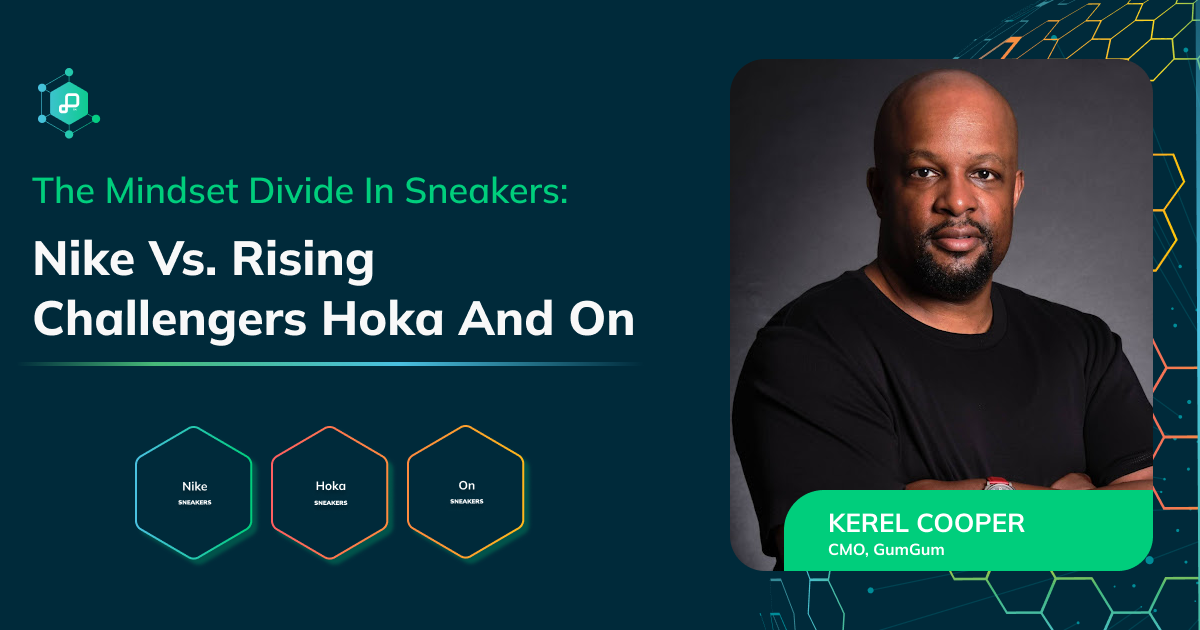The streaming revolution has made online video ads a must-have in today’s marketing playbook. Video advertising is compelling, memorable and versatile, working across social media, streaming and websites. Sounds great right? And yet, marketers are struggling to make an impact with their video ads.
Consumer privacy concerns, lack of ad relevancy, wasted impressions and interruptive viewing experiences have caused a major disconnect between how ads are delivered and what truly resonates with people online.
So, what do people want from their video ads? We surveyed 3,000 consumers from across the United States, United Kingdom and Canada to get a better understanding about their preferences and behaviors when it comes to video ads.
Survey Findings: What Viewers Really Want from Video Ads
Context is King: Ad Relevance Matters

A whopping 94% of consumers indicated that they prefer ads that match the content they are viewing instead of relying on their browsing history.

For video ads specifically, 74% of respondents said they prefer video ads that are directly related to the content they are watching. For example, a cooking video featuring an ad for kitchen tools or a fitness tutorial showcasing workout gear - both create a seamless experience that is in line with the consumer’s mindset at the time and their interests.

In fact, 42% of respondents said they prefer ads connected to their current interests and mindset rather than based on past behaviors.
When Ads Make Sense, People Engage

Relevancy is key to driving interaction—approximately 80% of consumers are more likely to engage with ads that align with the content they are viewing. This underscores the importance of matching ad placements with user intent and real-time content consumption.
Privacy & Relevance Go Hand in Hand

Privacy remains a top concern, with over one-third of respondents stating that privacy is the most important factor in advertising experiences. Interestingly, another one-third believe that both privacy and ad relevance are equally important. This finding signals a shift towards more privacy-friendly targeting methods such as contextual advertising.
Less Disruption Leads to More Impact

Consumers favor video ads that enhance rather than interrupt their content consumption. Over 55% of respondents reported that video ads are more memorable when they are contextually relevant, short and concise.
Ads Should Fit, Not Frustrate

Intrusiveness is a major factor in consumer dissatisfaction. Almost 60% of respondents preferred video ads that minimize interruptions to their viewing experience. This highlights the need for advertisers to adopt less disruptive ad formats that naturally blend into the content.
How Marketers Can Adapt: Powerful Video Tactics to Connect with Consumers
1. Match the Moment
Consumers overwhelmingly favor ads that are relevant to the content they are currently engaging with. Instead of relying on personal tracking, brands should leverage contextual targeting to ensure their ads align with the environment in which they appear. This approach enhances engagement and improves the overall ad experience.
2. Be Creative
Memorable ads go beyond simple exposure; they resonate through storytelling, humor, and emotional connections. Engaging formats, such as interactive video ads and shoppable experiences, can further boost effectiveness.

3. Put Privacy First
With rising concerns over data privacy, marketers must pivot toward cookieless solutions that still deliver personalized experiences. By leveraging first-party data and contextual intelligence, brands can achieve effective targeting without infringing on user privacy.
4. Place Ads Where They Work Best
Poorly placed ads that disrupt the viewing experience can lead to negative brand perception. Instead, brands should adopt placements that feel natural within the content, such as pre-roll, mid-roll and sponsored integrations.
Takeaways:
The future of online video advertising lies in creating contextually relevant, privacy-safe, and non-intrusive ad experiences. By understanding consumer preferences and adapting strategies accordingly, brands can improve engagement, enhance ad effectiveness and build stronger relationships with their audiences.










